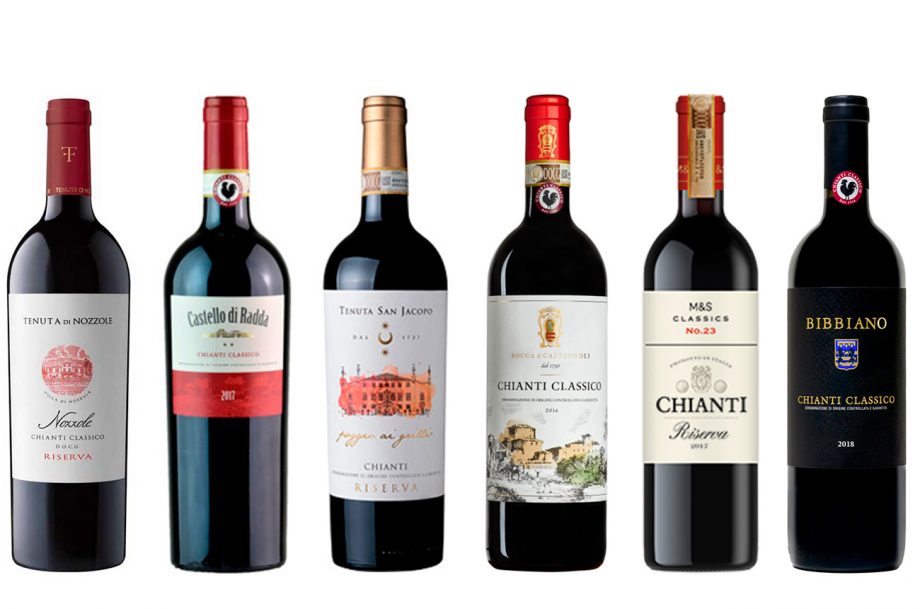Chianti is one of those signature wines everyone seems not just to have heard of, but to have enjoyed. Partly, this is because Chianti’s geographic heartland – Chianti Classico – was among the first wine regions to be mapped out; in its case in 1716 by the Medici dukes.
But mainly it is because Chianti, in all its forms, is Italy’s biggest-selling quality red wine. It’s almost certain that Chianti will be on all restaurant lists and on merchants’ shelves, and it’s there for two reasons…
First, because the Sangiovese grape – the backbone of any wine labelled Chianti – is unrivalled for food friendliness thanks to its ripe, ruddy cherry juiciness and taut, crunchy redcurrant savouriness.
Second, the wines are potentially excellent value, offering everything from basic Chianti bottled young with no oak ageing, to those from the heartland of Chianti Classico, then to long-aged Riservas and Gran Seleziones.
Read about the comeback of Chianti Classico in the 2021 Italy guide, free with the latest issue of Decanter
Moving with the times
Up to 30% of vineyards around the Chianti Classico heartland of Panzano, Gaiole and Greve are now organic or biodynamic (the national average is about 10%). Many grape growers are working with olive, fruit, cereal and vegetable growers to create environmentally protected areas, or biodistretti.
Sowing other plants between the vine rows helps feed both the soil and beneficial insects like bees by providing pollen. Such plants improve the wine, and their petals provide the perfect background for tourists lining up those holiday selfies. They are also giving rise to some pretty spectacular Tuscan honey.
Wine-growers in Chianti Classico are also at the forefront of mapping or zoning their vineyards to make it easier for drinkers to match wine tastes to particularly sunny or cooler, high-altitude vineyard areas – the latter now much in vogue due to climate change.
Critics say this is making the already complicated Chianti equation even tougher to solve. They point out that there are already around 20 different ways of labelling Chianti and Chianti Classico which are jumbling up wine labels: terms such as ‘Classico’ (meaning from the heartland identified in 1716), ‘Superiore’ (grapes picked with a little extra ripeness), ‘Colli’ (hills), ‘Senesi’, ‘Fiorentini’ and ‘Pisane’ (from the non-Classico side of Siena, Florence and even Pisa respectively).
But the ‘zoners’ argue that the more growers know about their vineyards, the more knowledge they can share with each other to improve quality and with wine lovers, who can make better informed choices. Enjoying a bottle of Chianti Classico is one thing, but knowing exactly why you enjoyed it is even better.
Introduction copy by Monty Waldin, originally published in August 2016. Wines updated 15 January 2021








